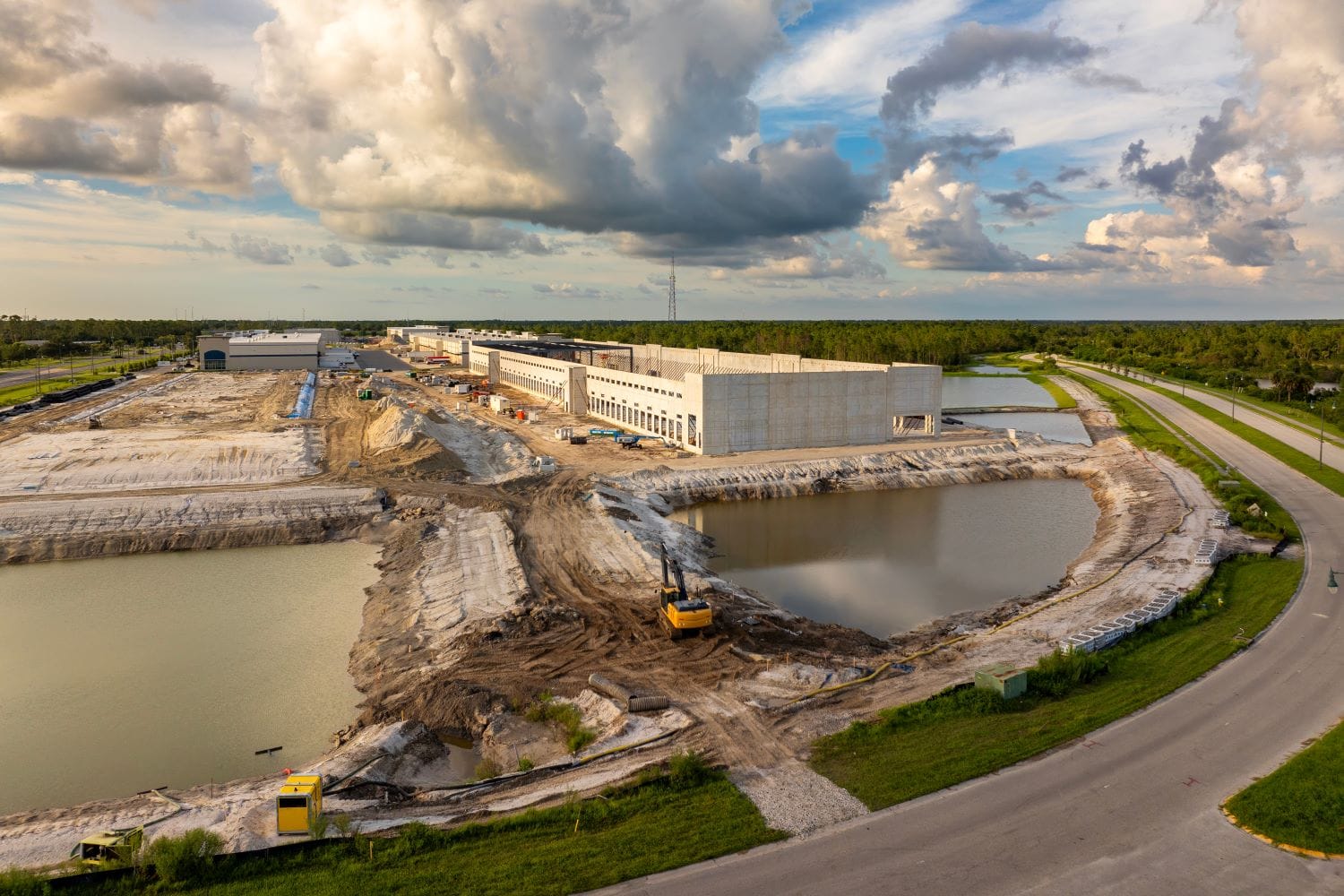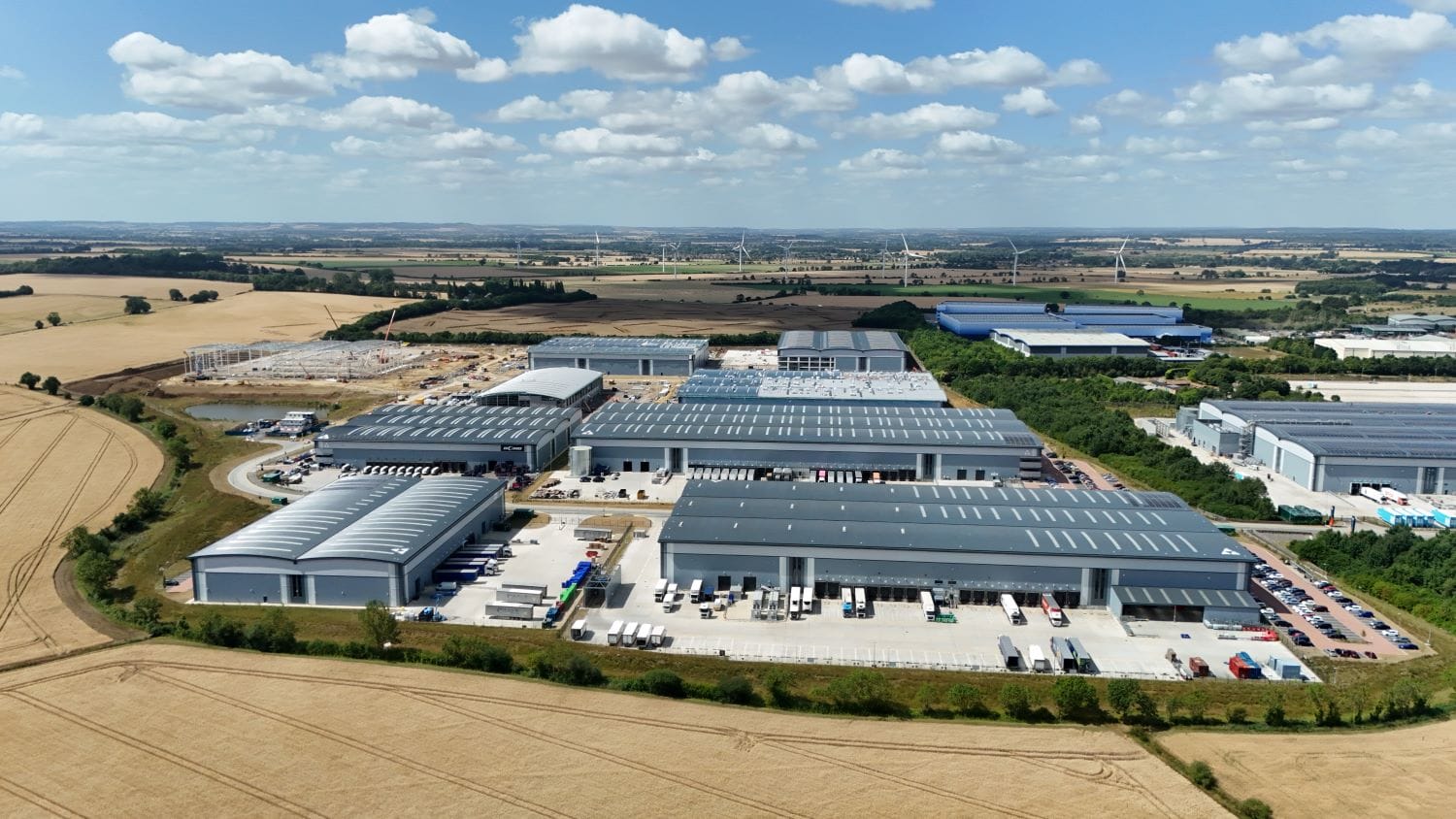The U.S. data center market is growing at a breakneck pace, driven by rising demand for artificial intelligence, cloud computing, e-commerce, and digital services. For local governments, this growth surge presents a once-in-a-generation opportunity to attract investment and, with the right planning, to shape how that investment advances long-term community priorities such as driving economic growth, building a skilled workforce, and modernizing public infrastructure.
Seizing this opportunity requires both speed and strategy: local governments must be ready to approve projects quickly and engage with industry in ways that are transparent, structured, and centered on creating mutual benefit. Those that prepare early and well can evaluate projects consistently, negotiate with confidence, and deliver measurable value to residents over time while providing developers with clarity, predictability, and well-defined pathways to success.
DAI works both with companies planning data centers and with local governments preparing for these complex but high-impact projects, giving us a clear view of the challenges and opportunities involved. Drawing on this experience, we’ve developed a four-part strategy for maximizing benefits on all sides:
- Creating a public engagement process that ensures transparency and community involvement in negotiating benefits.
- Designing a shared value policy that ties financial incentives to community goals.
- Developing an implementation toolkit that equips staff to structure deals and regulations effectively.
- Establishing governance and accountability structures to enforce commitments and track outcomes.
The Stakes: What Local Governments Are Navigating
As demand for data centers accelerates, local governments are fielding proposals at an unprecedented pace. Those with a clear, consistent process are better positioned to attract high-quality investment. But speed can’t be their sole priority. With a solid framework in place, local governments can also advance a range of related objectives:
- Ensuring a good return on investment: Data centers entail significant capital investment, often in the hundreds of millions, and can catalyze regional growth. But most do not generate large numbers of long-term operational jobs. Governments need to structure agreements that go beyond job counts and capture broader, longer-term benefits.
- Planning for infrastructure impacts: Data facilities are engineered for uptime but place intensive demands on land, power, and water. While larger facilities across the country are addressing some of these challenges through contained systems that co-locate power generation, this is not yet the norm. A mid-sized center can draw as much water as 1,000 homes daily, and by 2030, data centers could account for 9 percent of U.S. electricity use. Without proactive infrastructure planning, these demands can strain utility capacity and inflate household costs.
- Navigating incentives: Tax abatements and other subsidies are frequently used to attract projects, but without a framework tying them to workforce programs, infrastructure investments, sustainability goals, or other priorities, public returns can remain unclear. Incentives must be structured with transparency and defined outcomes to ensure value.
- Building public trust: In fast-growing areas, residents are increasingly concerned about transparency, siting decisions, and the pace of development. When governments engage communities early and bring consistency and transparency to approvals and negotiations, they can reduce opposition, maintain trust, and provide developers with the clarity they need to avoid late-stage delays.
Positioning for Success: A Proactive Strategy for Sustainable Economic Development
When local governments adopt a structured, cross-agency approach to data center development that integrates competitiveness and community, they position themselves to attract high-quality investment while ensuring it delivers measurable, long-term value for residents.
This approach is especially important in an investment landscape where multiple jurisdictions may be vying for the same dollars. Local governments that bring strategic vision, execution readiness, and robust governance mechanisms to the table are more likely to stand out. When that structure is matched with a willingness to collaborate, the result is faster decisions, fewer roadblocks, and stronger long-term outcomes for all parties.
As noted above, executing this strategy rests on four core pillars: creating a public engagement process, building a shared value policy, developing an implementation toolkit, and establishing governance and accountability structures.
1. Creating a Public Engagement Process
Public engagement is the bridge between economic opportunity and community trust. Early waves of data center development often moved quickly, with limited public input on siting, noise, and environmental impacts. While these projects generated significant tax revenues, they also sparked pushback from residents.
Embedding engagement into the policy planning process establishes a transparent, collaborative process that ensures community voices help guide outcomes, giving developers a clear path to maintaining good local relationships. Governments can create forums, task forces, and working groups to study revenue potential, sustainable local development, and environmental impacts. Inputs in hand, developers can better incorporate public priorities when evaluating their initial investment options and be more confident that the investment approval process will be timely and efficient.
A good policy planning process might include:
- Representative working groups bringing together community stakeholders, local officials, and technical experts to evaluate potential sites, infrastructure needs, and benefit agreements.
- Public forums and listening sessions where residents identify priorities such as workforce development, infrastructure improvements, or environmental safeguards.
- Ongoing monitoring committees to track adherence to commitments and ensure agreed benefits are delivered.
Local governments should embed resulting policy priorities into their administrative and approval procedures to ensure a consistent and efficient investment process for developers.
These mechanisms serve the public while also giving developers opportunities to build trust and demonstrate accountability. By engaging early and directly, developers can prevent misunderstandings, address concerns, and frame conversations around shared value.

2. Building a Shared Value Policy
Tying financial incentives to community goals is central to a successful strategy. Rather than offering abatements or subsidies on a project-by-project basis, governments should use a clear policy framework to ensure fiscal sustainability and support long-term community outcomes.
The first step is creating a competitive investment matrix that compiles decision-making components such as permitting requirements, utility capacity, incentive thresholds, and desired public outcomes. This framework helps local governments evaluate private investment opportunities consistently and communicate expectations clearly.
Governments should also strengthen their fiscal incentive toolkits. In addition to tax abatements, tools such as personal property taxes on equipment, high-energy-use surcharges, and tax increment financing can help channel developer contributions toward public improvements. When applied transparently, these mechanisms generate long-term community value without discouraging investment.
Cost-benefit modeling tools further support effective decision making. By analyzing utility strain, projected tax revenue, environmental considerations, and secondary impacts such as those on housing or traffic, governments can ground negotiations in full-cost accounting and align project design with public priorities.
Taking a comprehensive view of infrastructure planning can also increase the potential for data center developments to drive broader economic growth. While many large facilities now address energy needs through on-site generation, aligning siting with planned utility expansions and capital projects can still help ensure development occurs where it creates the greatest value for both the community and the developer.
Linking public incentives to outcomes that create shared value allows local governments to ensure measurable returns for residents and provide clearer expectations for developers. By incorporating community development priorities, they can leverage private investment to support workforce development programs that strengthen both local employment and a company’s talent pipeline. By capitalizing on off-site investments to electrical grid or broadband upgrades, they can help to improve community resilience while supporting business operations.
When designed this way, incentives move beyond one-off concessions and become tools for stakeholder alignment.
3. Developing an Implementation Toolkit
A well-crafted policy framework is a critical first step, but the true measure of readiness lies in execution. Local governments must ensure that staff across departments have the tools and internal processes needed to design or update regulations, apply frameworks consistently, and guarantee that incentives offered to developers are aligned with public goals and legally enforceable.
An effective implementation toolkit will include:
- Impact modeling templates that assess costs and benefits beyond surface-level projections.
- Regulatory frameworks that align zoning, permitting, and incentives with public priorities.
- Standardized contract language that ensures agreements are enforceable and adaptable to changing needs.
For governments, these tools strengthen internal coordination and streamline decision making, reducing reliance on external consultants or last-minute negotiations. Streamlined decision making and consistent development agreements translate into efficiency and the ability to shape how growth unfolds over time. It’s the difference between reacting to investment and managing it to deliver lasting value for residents while providing developers with the clarity and predictability they need.
4. Establishing Governance and Accountability Structures
The final step is ensuring commitments are measured, enforced, and transparent. When local governments clearly articulate expectations and follow through on enforcement and communication, they reinforce public confidence and foster constructive relationships with developers.
The key to accountability is straightforward systems that track progress and allow for course corrections. As local governments build these systems, they must assess their internal capacity to manage them, both in terms of staffing and the costs associated with compliance. Striking the right balance between capacity, cost, and measurable impact is essential, and a common lesson from global reporting efforts is clear: overly complex systems often cost too much and deliver too little in return.
A governance approach might involve technical advisory groups comprised of representatives from the community to guide project priorities, inform best practices, and provide feedback throughout the development process. The idea is to consider local perspectives alongside technical and financial evaluations so that issues can be resolved before they escalate.
Compliance systems are equally important. Standardized compliance language for incentive agreements and zoning regulations, for example, will make it easier for local governments and developers to share clear performance expectations, allowing them to efficiently plan for compliance throughout the development lifecycle.
Providing these tools will send a strong signal to industry: this is a jurisdiction ready to partner—organized, forward-looking, and well-prepared to support responsible growth. When incentives and regulations are clearly structured and consistently applied, they minimize delays, reduce risk, and provide a stable foundation for long-term collaboration.

Moving Forward: Guiding Growth for Shared Benefit
As data centers expand, local governments have an unprecedented opportunity to shape how technology-driven investment supports resilient growth for generations to come.
Meeting this moment requires strategy as well as speed. When public priorities are clearly defined and integrated into administrative operations, data center developers gain clarity on their investment options, ultimately accelerating the development timeline. The most prepared jurisdictions will be those that establish an integrated, cross-agency approach grounded in the four pillars outlined in this article.
The tools local governments put in place today will shape how this once-in-a-generation opportunity delivers lasting value for both communities and the companies investing in them.







